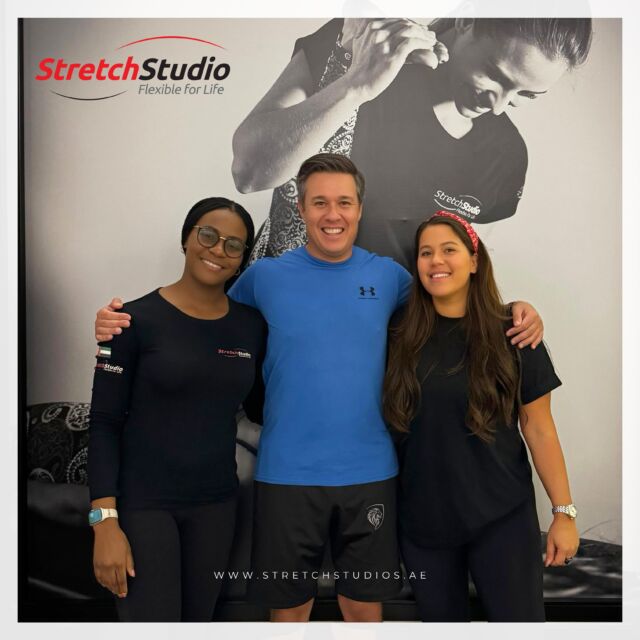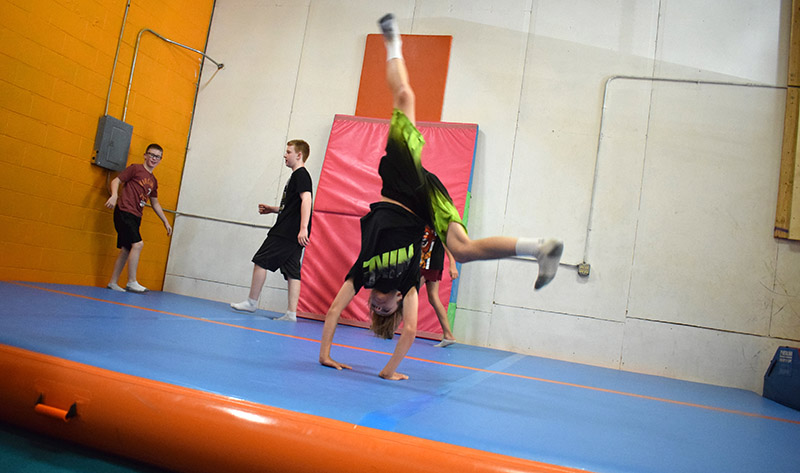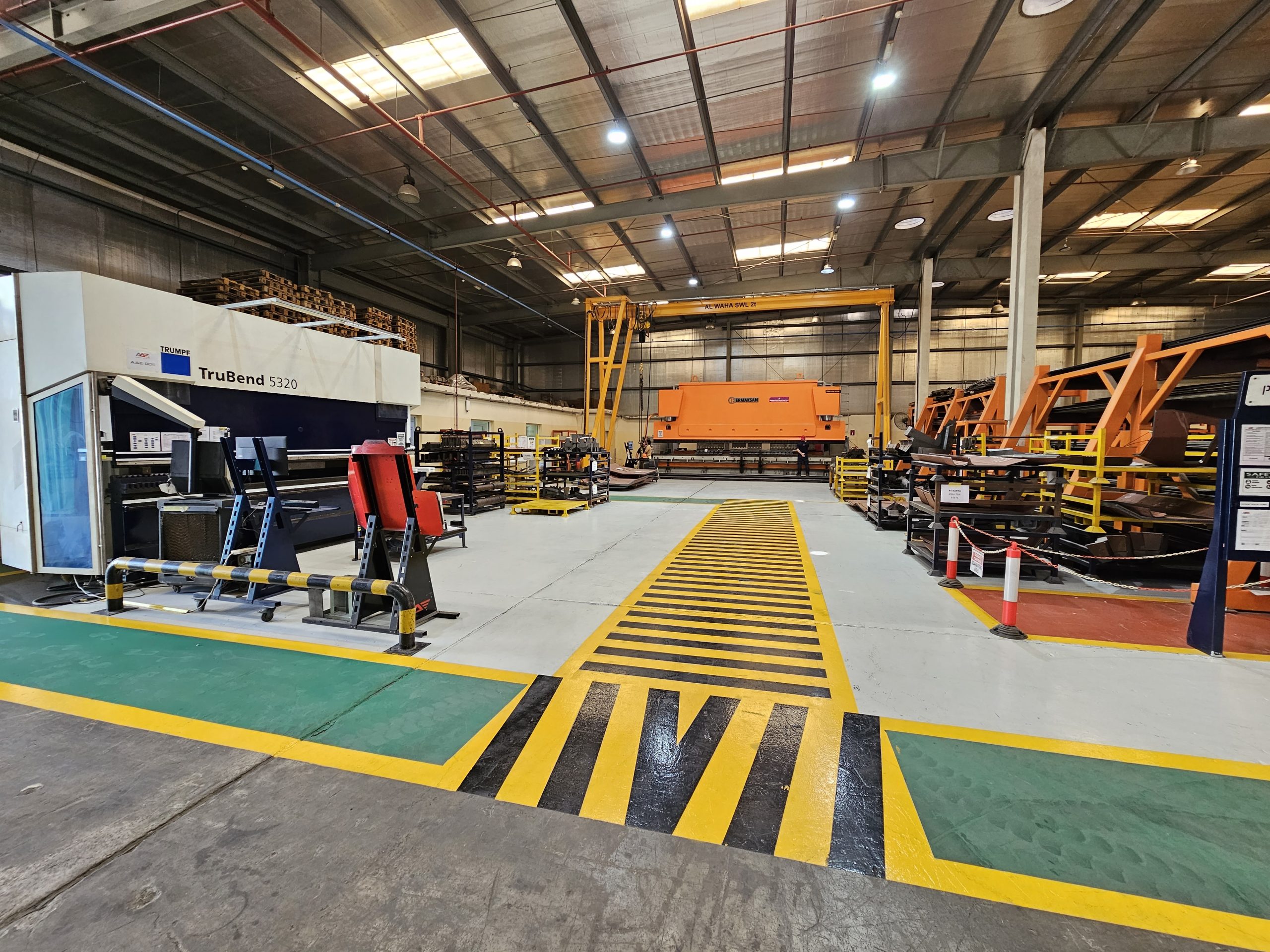Partner assisted stretching exercises can be an effective way to improve flexibility, mobility, and range of motion in the body. These exercises involve one person acting as the “stretcher” and the other as the “partner,” who actively assists in performing the stretch. Explore here some partner assisted stretching that you can try to improve your overall fitness level.
Hamstring stretch:
The hamstrings are a common area for tightness and inflexibility, making this stretch essential. To perform this exercise, have the stretcher lie flat on their back while the partner gently lifts one leg towards their chest. The stretcher should keep their knee straight throughout the movement, and the partner should apply gentle pressure to deepen the stretch. Hold each stretch for 20-30 seconds before switching legs.
Benefits of hamstring stretch:
This stretch helps increase flexibility in the hamstrings, which is beneficial for activities such as running, jumping, and lifting weights. It also reduces the risk of injury by improving posture and reducing lower back pain.
Quadriceps stretch:
Tight quadriceps muscles can cause discomfort during daily activities and limit athletic performance. For this stretch, the stretcher stands upright with feet shoulder-width apart, holding onto a stable surface for support. The partner then grasps the ankle of one leg, pulling it upwards towards the glutes. Ensure the thigh remains parallel to the floor and avoid arching the lower back. Switch legs after holding each stretch for 20-30 seconds.
Advantages of quadriceps stretch:
Stretching the quadriceps improves knee stability, improves stride length when walking or running, and decreases the likelihood of developing knee injuries.
Chest opener:
Desk jobs and poor posture often lead to tight pectoral muscles, causing rounded shoulders and restricted breathing. In this stretch, the stretcher faces away from the partner and clasps hands behind their back. The partner then applies gentle upward pressure, encouraging the stretcher’s arms to move further downward. After maintaining the position for 20-30 seconds, release and repeat.
Importance of chest openers:
Chest openers help correct forward head and round shoulder postures, allowing better lung capacity and improved respiratory function. They also alleviate neck tension and reduce the risk of shoulder impingement.
Triceps stretch:
Triceps stiffness limits arm mobility, affecting various upper body movements. Have the stretcher raise one arm overhead, bend at the elbow, and reach down toward their opposite shoulder blade. The partner supports the bent elbow, applying slight pressure to deepen the stretch. Alternate arms every 20-30 seconds.



